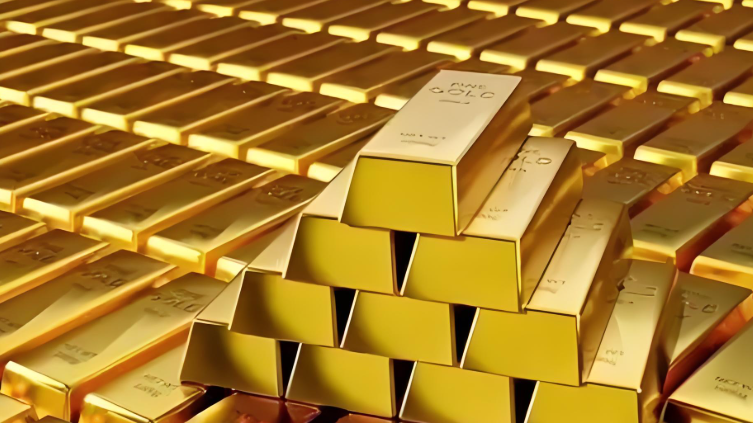Gold Continues to Reach New Heights
Advertisements
In recent weeks, the landscape for precious metals, particularly gold, has undergone significant fluctuations, largely influenced by the Federal Reserve's unexpected rate cut of 50 basis points. Since this pivotal move, gold has climbed over 2.5%, establishing a record of new highs for four consecutive days, peaking at approximately $2,670. This upward trend represents a staggering 27% rise in gold's value so far this year, fueled by an increasing anticipation of further rate cuts by the Fed.
Despite the announcement of the rate cut, gold's immediate reaction was less dramatic; it initially experienced a small pullback. However, favorable conditions continue to bolster gold prices, especially as more Federal Reserve officials have expressed their support for sustained easing. Historical data compiled by Bloomberg illustrates a trend: during the previous six easing cycles since 1989, gold has typically risen in tandem with the Fed’s interest rate reductions.
Minneapolis Federal Reserve President Neel Kashkari has indicated that he expects modest rate cuts of 25 basis points in the remaining two meetings of the year, barring any significant changes in economic data. Conversely, Chicago Fed President Austan Goolsbee has emphasized the necessity for a substantial rate reduction to safeguard the American labor market and support overall economic stability.
It's well acknowledged in economic circles that central banks' decision to lower interest rates tends to exert upward pressure on prices. This phenomenon can be attributed to several interrelated factors. First and foremost, lower interest rates decrease the opportunity cost of holding non-yielding assets, prompting investors to divert funds into alternative investments. Additionally, a reduction in interest rates often leads to a weaker U.S. dollar, which directly impacts the prices of international commodities, thereby driving prices higher. Furthermore, rate cuts can heighten market anxieties regarding inflation, motivating investors to seek out assets that retain value, such as gold. Finally, diminished appeal of bonds and savings accounts drives demand toward gold and similar investments, which traditionally see price increases in response to elevated demand.

As a common tool of monetary policy, rate cuts are fundamentally aimed at stimulating economic growth. Lower interest rates decrease borrowing costs for businesses and individuals, promoting investment and consumption, and invigorating economic development. However, employing this strategy can also spark inflationary concerns. Gold has long been revered as a robust hedge against inflation; when investors anticipate that a low-rate policy will lead to rising inflation, they are likely to pivot toward gold to preserve their asset value. It is crucial to note, however, that the connection between gold prices and interest rates is neither simple nor fixed. In the vast expanse of the global market, the valuation of gold is influenced by a complex mixture of factors, including geopolitical tensions, global economic growth trends, and the monetary policies of major economies, which lie significantly beyond the Federal Reserve’s purview, adding layers of unpredictability to gold price movements.
Write a Comment